The Dragon Robe, known in Chinese culture as ‘gǔn lóngpáo’, is a garment that transcends mere clothing. It embodies centuries of tradition, symbolism, and artistry, reflecting the rich heritage of China. This fascinating attire has not only played a crucial role in imperial history but has also evolved into an emblem of modern fashion, bridging the gap between past and present.
The Historical Significance of the Dragon Robe
As we delve into the history of the Dragon Robe, it becomes evident that this garment is woven into the very fabric of Chinese civilization. Its origins can be traced back to the Ming Dynasty, where its significance began to take shape. However, it was during the Qing Dynasty that the Dragon Robe reached its zenith, becoming synonymous with the emperor’s authority and the cultural identity of a nation.
The Evolution Through Dynasties

The journey of the Dragon Robe offers a lens through which we can observe the transformation of Chinese society across different dynasties. In the Ming era, the robe was characterized by its simplicity and elegance. However, the Qing Dynasty brought about grandeur and opulence, marking the transition to a more elaborate design.
The intricate embroidery of dragons on the robes became a symbol of imperial power. Dragons were viewed as celestial beings, embodying strength, dignity, and fortune. The more dragons depicted on a robe, the greater the wearer’s rank and prestige.
Symbolism Embedded in Design
Every element of the Dragon Robe is steeped in symbolism. The dragon itself, a powerful figure in Chinese mythology, represents the emperor. The various colors and patterns signify different meanings, such as fertility, prosperity, and protection from evil spirits. For instance, yellow is associated with the emperor, while red symbolizes happiness and good fortune.
In addition to dragons, other motifs such as clouds and waves complement the design, enhancing the robe’s narrative. These details speak volumes about the beliefs and traditions of the time, communicating messages that were understood by those who wore them and those who beheld them.
A Reflection of Social Hierarchy
The Dragon Robe also serves as a reflection of social hierarchy within Chinese culture. During the Qing Dynasty, specific rules dictated who could wear these ornate garments and how they should be adorned. The emperor wore the most elaborate robes with nine dragons, while other officials and nobles had their own variations, each denoting their status.
This hierarchical aspect is significant, as it demonstrates how clothing can serve as a societal marker. The way power dynamics were visually represented through attire highlights the importance of the Dragon Robe in understanding not just fashion, but the very structure of historical Chinese society.
The Craftsmanship Behind the Dragon Robe

When one thinks of the Dragon Robe, it’s easy to focus solely on its visual splendor. However, the true marvel lies in the craftsmanship that brings this attire to life. The skill required to create a Dragon Robe is nothing short of extraordinary, with artisans dedicating years to master the techniques involved.
Techniques of Craftsmanship
Creating a Dragon Robe involves a range of intricate techniques, from weaving to embroidery. The base fabric is often made from silk, renowned for its luxurious texture and sheen. Artisans would meticulously weave the silk using traditional methods, ensuring that every inch exudes quality.
Embroidery is perhaps the hallmark of the Dragon Robe’s craftsmanship. Skilled embroiderers used gold and silver threads to depict intricate designs, creating a stunning contrast against the fabric. Each stitch tells a story, representing the dedication and artistry involved in the creation process.
The Role of Artisans
Artisans specializing in Dragon Robes were highly esteemed in traditional Chinese society. Their expertise was sought after by emperors and nobles alike, making them pivotal figures in the cultural fabric of the time. Many artisans passed down their skills through generations, preserving the craft even as society evolved.
The collaborative spirit among artisans was essential in producing these garments. Weavers, dyers, and embroiderers worked together, pooling their talents to ensure that each robe met the high standards expected by nobility. This communal approach not only fostered creativity but also strengthened the bonds within the artisan community.
The Dragon Robe in Contemporary Fashion
As we navigate the landscape of contemporary fashion, the Dragon Robe continues to find its place in modern wardrobes. What was once strictly ceremonial attire has seamlessly transitioned into everyday fashion, inspiring both designers and consumers alike.
From Royalty to Runway
The influence of the Dragon Robe can be witnessed on runways around the world. High-fashion designers have embraced its aesthetic, incorporating elements from the traditional garment into their collections. Flowing silhouettes, vibrant colors, and intricate patterns reminiscent of the Dragon Robe have become staples in many fashion houses.
This shift signifies a broader trend in which cultural heritage is celebrated in mainstream fashion. Designers are no longer limited to Western influences; instead, they are exploring diverse global narratives, allowing the Dragon Robe to emerge as a symbol of cross-cultural appreciation.
Casual Adaptations and Streetwear
Interestingly, the Dragon Robe has also made its mark in streetwear. Contemporary interpretations often feature graphic prints inspired by the original designs, reimagined for a younger audience seeking comfort and style. Oversized jackets, loungewear, and accessories adorned with dragon motifs have become popular items, blurring the lines between high fashion and casual attire.
These adaptations contribute to a dialogue about cultural appropriation versus appreciation. While some may view the incorporation of traditional designs into casual wear as appropriation, it also reflects a growing interest in understanding and respecting cultural significance. This ongoing conversation challenges designers and consumers to engage thoughtfully with the history behind the garments they wear.
Cultural Crossovers in Fashion
The Dragon Robe’s impact extends beyond clothing; it embodies a larger cultural crossover. As designers experiment with blending Chinese motifs into Western styles, they create hybrid pieces that tell stories from multiple perspectives. This collaboration fosters not only innovation but also a sense of unity as cultures come together through fashion.
Emerging brands are also capitalizing on the global interest in the Dragon Robe, offering contemporary interpretations that resonate with audiences worldwide. By embracing the rich heritage of the Dragon Robe, these brands encourage conversations about identity, representation, and the significance of cultural symbols in fashion today.
The Future of the Dragon Robe in Fashion and Culture

Looking ahead, the Dragon Robe holds immense potential within the realms of fashion and culture. As global awareness of cultural heritage continues to grow, this iconic garment stands poised to evolve further, adapting to new contexts while remaining deeply rooted in its historical significance.
Education and Cultural Exchange
The future of the Dragon Robe is intertwined with education and cultural exchange. Initiatives to educate consumers about the history and significance of such garments will play a vital role in fostering appreciation for cultural heritage. Workshops, exhibitions, and collaborations between artisans and designers can provide insights into the craftsmanship behind the Dragon Robe.
Encouraging dialogue between cultures allows for a deeper understanding of the narratives embedded in traditional garments. This exchange nurtures respect and admiration for diverse artistic expressions, paving the way for a more inclusive and culturally aware fashion industry.
Innovation Through Technology
As technology continues to shape the fashion industry, innovations in design and production offer exciting possibilities for the Dragon Robe. Digital printing techniques, 3D modeling, and virtual reality can enhance the creative process while allowing artisans to experiment with new designs and patterns.
These advancements can enable a wider audience to experience the beauty of the Dragon Robe, breaking down geographical barriers and making cultural heritage accessible to all. With technology, the Dragon Robe can adapt to modern lifestyles while maintaining its historical significance.
Conclusion
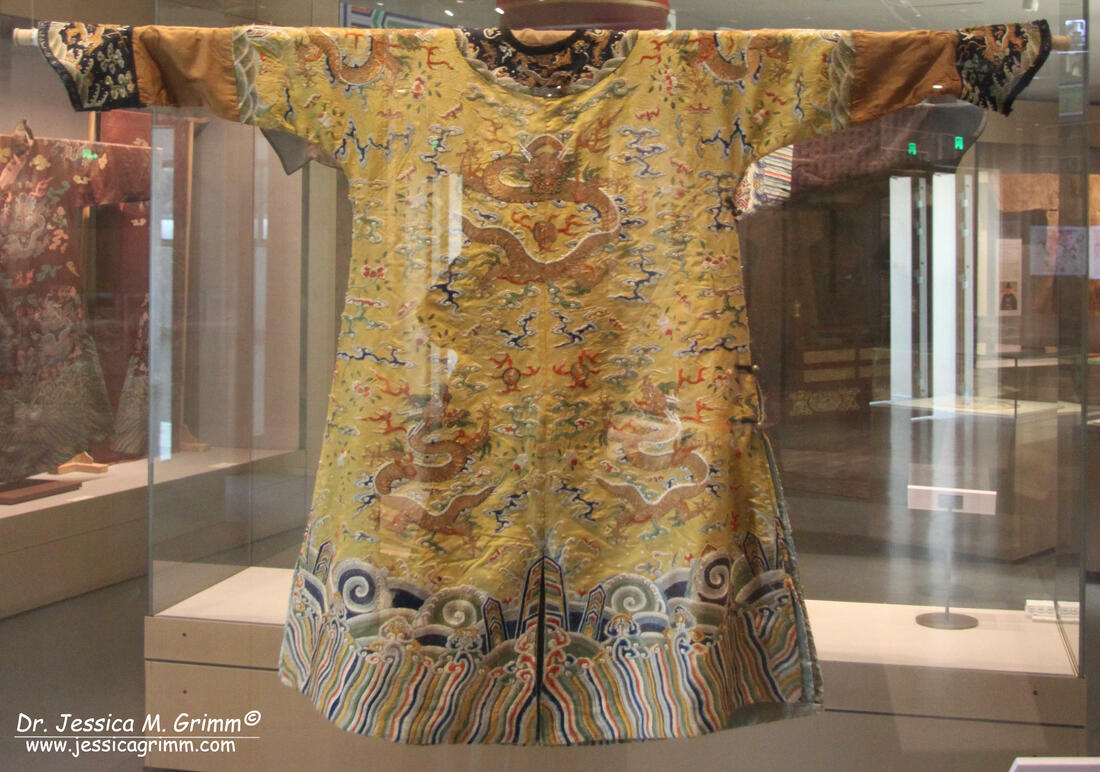
The Dragon Robe remains an enduring symbol of cultural heritage, artistry, and evolving identity. From its historical significance as imperial attire to its contemporary reinterpretations in fashion, this garment encapsulates centuries of tradition and craftsmanship. As we explore the multifaceted layers behind the Dragon Robe, we uncover stories of power, artistry, and cultural exchange that continue to resonate today.
As we celebrate the legacy of the Dragon Robe, it invites us into a dialogue about identity, respect for cultural heritage, and the future of fashion. The timeless appeal of this iconic garment ensures that it will remain a source of inspiration and admiration for generations to come, proving that the threads of history are intricately woven into the fabric of our present and future.





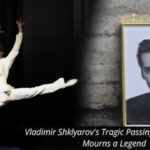
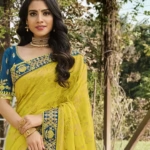
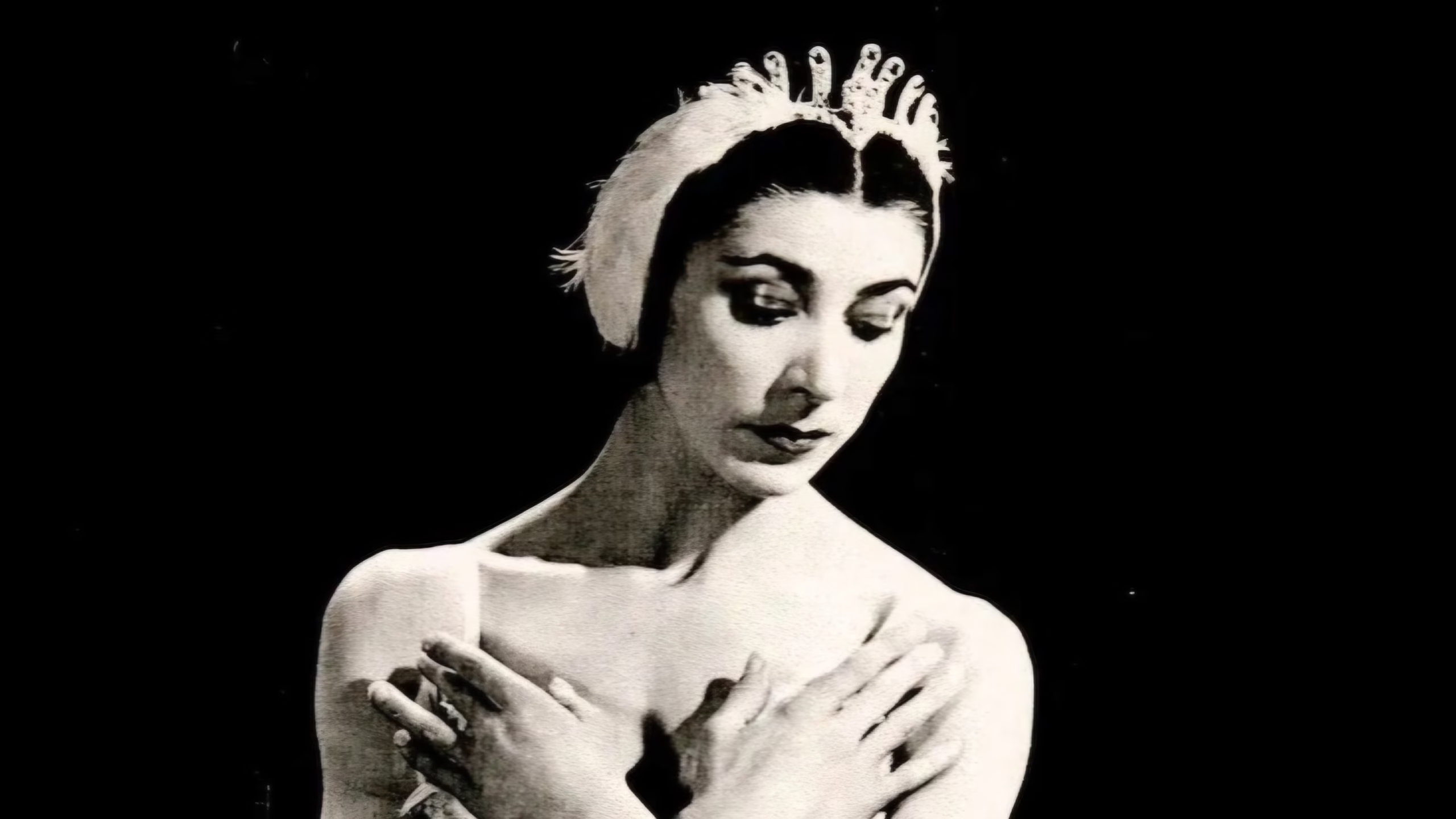
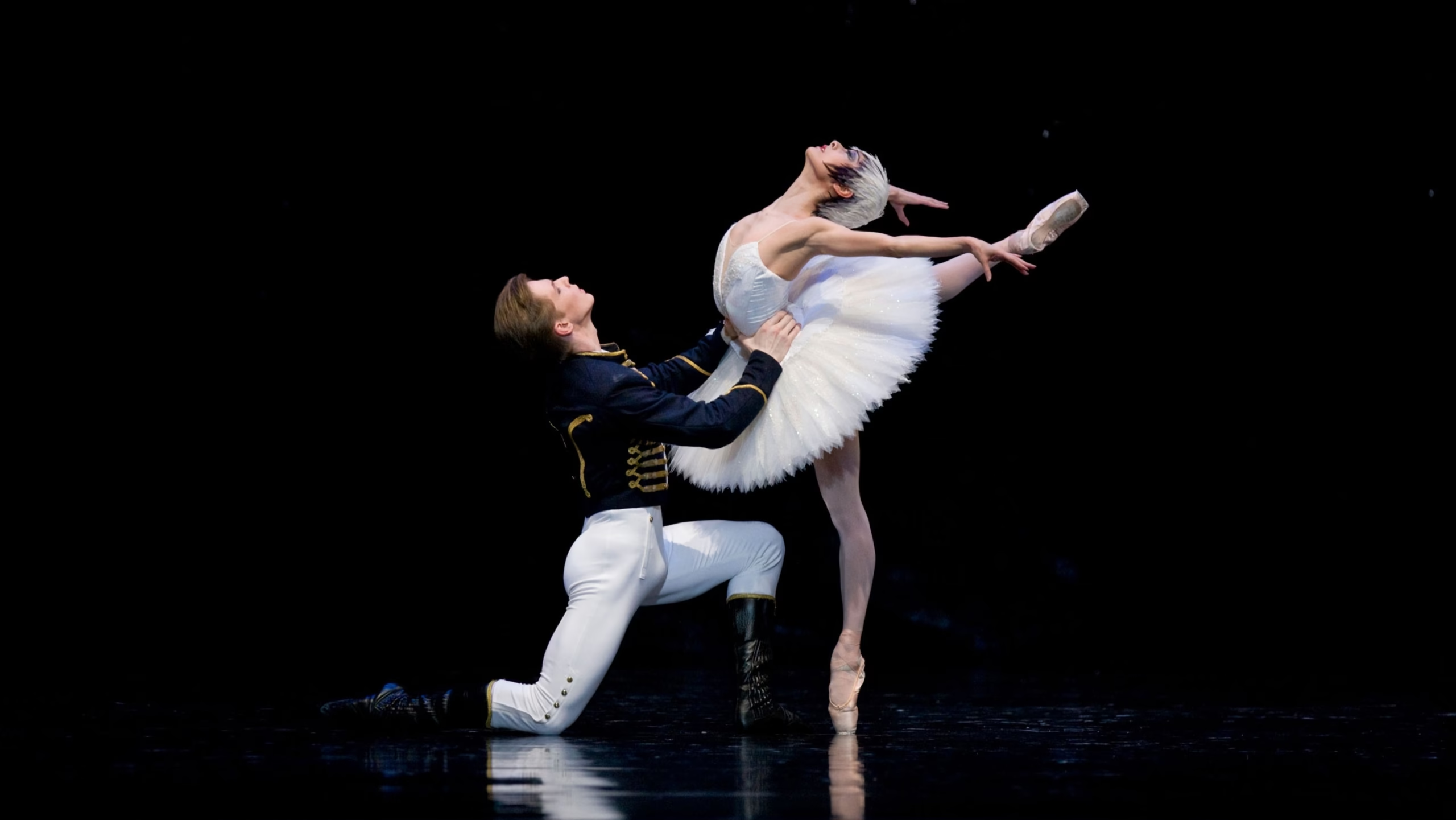
gotobet88 login
November 20, 2024Howdy! This is my first comment here so I just
wanted to give a quick shout out and tell you I truly
enjoy reading your posts. Can you recommend any other blogs/websites/forums that deal with the same topics?
Many thanks!
Vivian
November 20, 2024I usually read about Chinese culture, costumes, ect at https://shenyunperformingarts.org/ (they’re actually reviving the real Chinese culture before CCP)